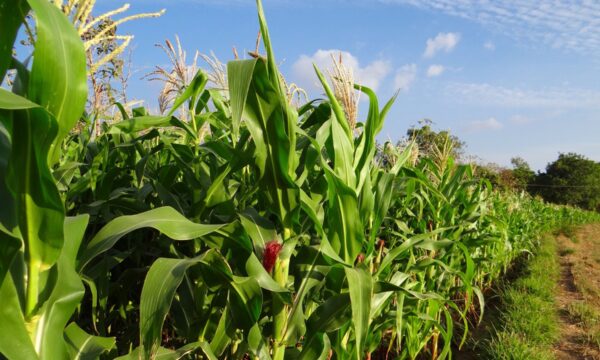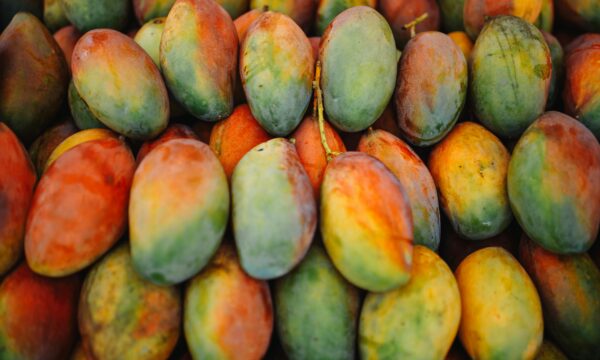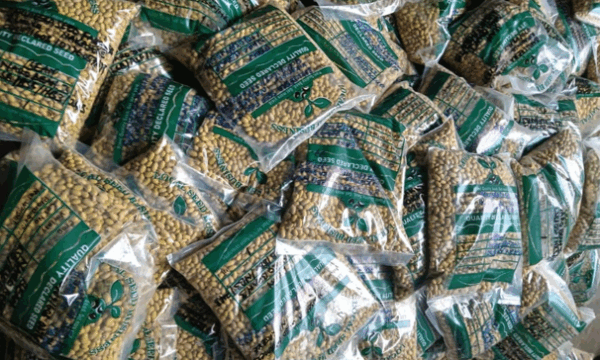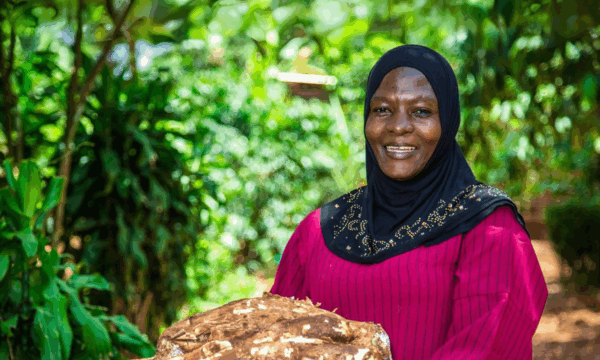Contributed by Melanie Bateman, Integrated Crop Management Adviser, CABI Switzerland
 For the first time since 2000, the World Trade Organisation hosted an international workshop on developments in pest risk analysis (PRA) in October 2014. The previous workshop was held only four years after the signing of the Agreement on Sanitary and Phytosanitary Measures (SPS Agreement). Under the SPS Agreement, countries have the sovereign right to maintain measures to ensure that food is safe for consumers and to prevent the spread of pests of animals and plants so long as the measures are not a disguised restriction on international trade. Any SPS measures that a country applies must be scientifically justified. As one speaker put it, “scientific justification is the heart of the SPS Agreement”. Measures that are based on international standards or pest risk analysis are deemed to be based on sound science. Above and beyond that, pest risk analysis matters to everyone – from farmers to foresters to consumers – because it is a tool by which governments identify and head off potential threats to the health of humans, animals and plants. As the old adage goes, “an ounce of prevention is worth a pound of cure.”
For the first time since 2000, the World Trade Organisation hosted an international workshop on developments in pest risk analysis (PRA) in October 2014. The previous workshop was held only four years after the signing of the Agreement on Sanitary and Phytosanitary Measures (SPS Agreement). Under the SPS Agreement, countries have the sovereign right to maintain measures to ensure that food is safe for consumers and to prevent the spread of pests of animals and plants so long as the measures are not a disguised restriction on international trade. Any SPS measures that a country applies must be scientifically justified. As one speaker put it, “scientific justification is the heart of the SPS Agreement”. Measures that are based on international standards or pest risk analysis are deemed to be based on sound science. Above and beyond that, pest risk analysis matters to everyone – from farmers to foresters to consumers – because it is a tool by which governments identify and head off potential threats to the health of humans, animals and plants. As the old adage goes, “an ounce of prevention is worth a pound of cure.”
 Robert Griffin, National Coordinator for Agricultural Quarantine Inspection at the USDA Animal Plant Health Inspection Service, opened the workshop by observing that a lot of experience has been gained in the intervening 14 years since the first PRA workshop hosted by the WTO. What is the “appropriate level of protection” and what constitutes “sufficient scientific evidence” were major topics of discussion during the workshop in 2000. Since then, countries have explored these concepts and are now putting them in practice. Likewise, in 2000, the availability of information for PRA was a big issue. Now, in 2014, the internet is more widely available and has been a great equalizer. That said, it was noted that challenges remain with regard to access to information – information is not always freely available and many countries do not meet their information exchange obligations. Likewise, while some governments have dedicated teams responsible for pest risk analysis, in other countries staffing is low so personnel are overwhelmed and no one is available for PRA. Sometimes experience and capacity for conducting PRA is lacking, so the data that is accessible is not being put to use for the purpose of pest risk analysis.
Robert Griffin, National Coordinator for Agricultural Quarantine Inspection at the USDA Animal Plant Health Inspection Service, opened the workshop by observing that a lot of experience has been gained in the intervening 14 years since the first PRA workshop hosted by the WTO. What is the “appropriate level of protection” and what constitutes “sufficient scientific evidence” were major topics of discussion during the workshop in 2000. Since then, countries have explored these concepts and are now putting them in practice. Likewise, in 2000, the availability of information for PRA was a big issue. Now, in 2014, the internet is more widely available and has been a great equalizer. That said, it was noted that challenges remain with regard to access to information – information is not always freely available and many countries do not meet their information exchange obligations. Likewise, while some governments have dedicated teams responsible for pest risk analysis, in other countries staffing is low so personnel are overwhelmed and no one is available for PRA. Sometimes experience and capacity for conducting PRA is lacking, so the data that is accessible is not being put to use for the purpose of pest risk analysis.
Over the course of the workshop, a series of speakers from a range of international, regional and national organisations shared their experiences and lessons learned. Speakers took stock of “SPS risk analysis in the current age”. They gave insights into how risk assessment outcomes are linked to risk management decisions in their countries and regions. They provided practical advice on how to prioritize and respond to national needs, how to leverage resources for risk assessment, how to carry out risk communication with the public and how to conduct advocacy and engage with senior decision-makers.
Audio and presentations from the workshop are available on the workshop’s webpage: http://www.wto.org/english/tratop_e/sps_e/wkshop_oct14_e/wkshop_oct14_e.htm.
To learn more about the international standards for food safety and animal and plant health, visit the webpages of the Codex Alimentarius, the World Organisation for Animal Health and the International Plant Protection Convention. The websites of these organisations also provide training materials on PRA and other related topics. Data on pest distributions is freely available through the Plantwise Knowledge Bank, making it a useful resource for PRA.
Related News & Blogs
The role of soil health in sustainable agriculture
Previously, we have discussed the importance of soil health for agriculture, highlighting its threats and outlining protection strategies. In this blog, we dig deeper into the role of soil health in sustainable agriculture and explore its long-term ben…
18 June 2025




